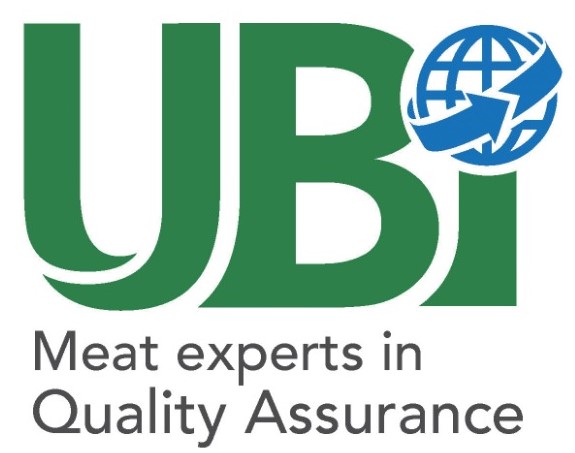Tips for buying local meat

-
Brandon Sears – Extension Agent for Agriculture and Natural Resources
Many people are interested in purchasing local meat because they want to support local farmers and give a boost to their local economy.
This year, some may be interested in buying local simply because they cannot find the types of meat or the cuts they want at the grocery stores due to the COVID-19 pandemic.
In Kentucky, you can find producers selling local beef, pork, lamb and poultry at farmers markets, roadside stands, directly off the farm and online. In some cases, you may personally know the producer you are buying from, but that’s not always possible.
As with purchasing from any unknown seller or entity for the first time, some people may feel a little uneasy. Here is some information to help you feel confident in your local meat purchases.
By law, all meat must be inspected by the U.S. Department of Agriculture prior to it being sold. All registered farmers markets and roadside stands require their producers to have USDA certification. If you are purchasing from another venue or want reassurance that the meat has been inspected by the USDA, it is fine to look for the USDA inspection legend or ask to see it.
If they are selling meat directly from their farm, producers should have informed the local health department. The health department should have inspected the operation to make sure they are practicing safe food storage and handling practices in addition to the USDA product inspection. As a customer, you can ask to see their health department score. You can also ask the producer questions about the farm or even ask to see their animals.
People look for different characteristics in meat when they look for quality, but probably the easiest indicator of freshness is the “sniff test.” If the meat smells “off” or pungent, it may not be a good idea to buy it.
Since we are very visual creatures, color can be an important indicator of quality, but realize that meat colors can change with packaging. For example, fresh beef tends to be red in color, but when it is vacuumed sealed in packaging, it can turn purple. Both are safe to eat. With that said, green is not a good color for any type of meat, and you should avoid it.
Once you have made a meat purchase, it is important to continue to take proper food safety precautions to ensure the meat stays fresh. For this reason, your meat should be one of the last purchases you make while out running errands. It is important for you to get it home and in the refrigerator or freezer to prevent bacteria that can cause food-borne illnesses from forming.
Different types of meat have different storage times.
If refrigerated, ground beef, ground lamb and chicken should be used within one to two days. Refrigerated pork and lamb chops, lamb roasts and lamb steaks should be used within three to five days.
If frozen in an airtight container, meat can last indefinitely, but the quality will diminish the longer it is frozen. To find optimum quality times for a particular frozen meat, visit the USDA’s Food Safety and Inspection Service’s website at https://www.fsis.usda.gov/wps/portal/fsis/home.
More information on safely purchasing local food is available by contacting the Madison County office of the University of Kentucky Cooperative Extension Service.
Via Richmond Register – Source: Gregg Rentfrow, meat science extension specialist
